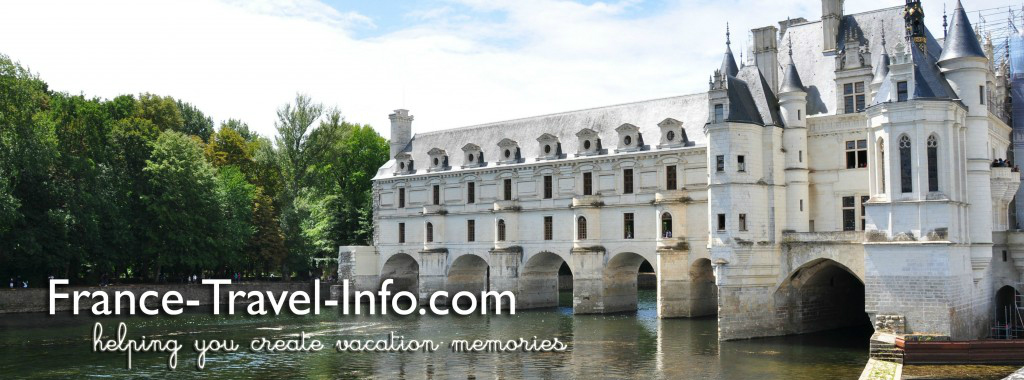Château de Vincennes – You Don’t Have to Leave Paris to Visit a Château !

Tour du Village
The Tour du Village is the main entrance to the Château and you enter off of Avenue de Paris. Along this street you will find several enjoyable restaurants and cafés. Of the nine towers this is the only one that still stands at its original height.
At one time the seat of the royal government, the Château de Vincennes became the second residence of Louis IX (1226 -1270). According to the information center, Château de Vincennes ranks as one of the largest and best preserved château in Europe. It is also home to the Ministry of Defense and the Ministry of Culture and Communication.
The Royal Keep of Château de Vincennes

Château de Vincennes Royal Keep and Bell Tower
The bell tower (1369) housed the very first public clock in France and is part of the gate house to the Royal Keep. The current bell is a replica and the Chapel contains the original. The clock was located above the King’s study and on the same level as his bedroom. Be sure to climb to the top of the bell tower for some wonderful views of the Château and the surrounding country-side. The Royal Keep and Sainte-Chapelle are open to the public.

Views from the Bell Tower of Château de Vincennes
During the restoration work, 2003-2006, the decorative paint in Charles V’s apartment in the Keep was determined to be the original polychrome from the 14th century. Today this polychrome paintwork is faded and sparse as shown below. However, when we toured the Keep during the summer of 2013, a resident docent provided an iPad which allowed us to view of the apartment as it originally appeared. Using the iPad as if it were a “window to the past”, we were able to scan the apartment and view it in its original glory. The colors and detail were stunning!

14th Century Polychrome painting

The Sainte Chapelle of Château de Vincennes
Charles V receives credit for the construction of the chapel found at the Château de Vincennes (1380). The model for the chapel was Ste Chapelle, located on the Ile de la Cité. It is just as high but not quite as long as the Ste Chapelle on the Ile de la Cité. The Hundred Years War and financial problems delayed the completion of Ste Chappelle at Vincennes until the middle of the 1500s. François I is responsible for the completion of the chapel. Look for his signature salamander on the pinnacle in front of the altar.

St Chapelle viewed from the bell tower.
Chateau Vincennes
Most of the stained glass is original in Ste Chapelle. The windows were removed from the Château during war time to preserve them.

Ste Chappelle from my perch in the balcony

Close up view of the altar windows
The Many Faces of the Château-Vincennes
Beginning in 1472, the keep served as a prison, housing famous personages such as the Marquis de Sade.
Donatien Alphonse Francois de Sade, a notorious “bad boy”, was imprisoned at Vincennes twice. TThe initial imprisonment lasted for 15 days for his behavior in a brothel, the second imprisonment was for life. He poisoned a prostitute! He spent 7 years in his cell in Vincennes and then transferred to the Bastille prison. Correspondence that he continued with his wife during this time is on display in the room/cell where he was held.

Correspondence between the Marquis de Sade and his wife
The French Court abandoned the Château de Vincennes in the 18th century. For a brief period, 1740 – 1756, a porcelain factory operated at the Château. This faience factory moved to Sèvres where it remains in production today.
The Château served as an arsenal during the Revolution and from 1840 onward it served as a peace-time garrison. A munitions workshop occupied the Château during World War as well as dozens of bread ovens, making it an enormous bakery! During World War II it was occupied by the Germans and then in 1949 the Château became a repository for army archives.
Bois de Vincennes
Walking through the Château gate found nearest the Chapel, you will see the Bois de Vincennes to your left. There are beautiful walking paths here. At the heart of the woods is the Parc Floral de Paris which is the Botanical Garden of Paris. During the June and July, the Paris Jazz Festival features 31 concerts over the span of 8 weekends here.

Map of Château de Vincennes



Leave a Reply